Increasing Prevalence of Hypertension
The rising incidence of hypertension is a primary driver for the Blood Pressure Monitoring Devices Market. According to health statistics, nearly 1.13 billion people worldwide suffer from hypertension, which necessitates regular monitoring. This condition is often asymptomatic, leading to a growing awareness of the need for consistent blood pressure checks. As healthcare providers emphasize the importance of early detection and management, the demand for blood pressure monitoring devices is expected to surge. Furthermore, the World Health Organization indicates that hypertension is a leading cause of cardiovascular diseases, which further propels the market for these devices. The increasing prevalence of lifestyle-related diseases, such as obesity and diabetes, also contributes to the rising number of individuals requiring blood pressure monitoring, thereby expanding the market landscape.
Growing Awareness of Preventive Healthcare
The increasing focus on preventive healthcare is driving the Blood Pressure Monitoring Devices Market. As individuals become more health-conscious, there is a notable shift towards proactive health management, including regular blood pressure monitoring. Educational campaigns and public health initiatives are raising awareness about the risks associated with uncontrolled hypertension, prompting consumers to invest in monitoring devices for home use. This trend is supported by data indicating that early detection of hypertension can significantly reduce the risk of severe health complications. Consequently, the market for blood pressure monitoring devices is likely to expand as more individuals seek to take charge of their health. Additionally, healthcare providers are advocating for routine monitoring, further solidifying the role of these devices in preventive healthcare strategies.
Regulatory Support and Reimbursement Policies
Regulatory support and favorable reimbursement policies are pivotal drivers for the Blood Pressure Monitoring Devices Market. Governments and health organizations are recognizing the importance of hypertension management, leading to the establishment of guidelines that promote the use of blood pressure monitoring devices. In many regions, reimbursement policies are evolving to cover home monitoring devices, making them more accessible to patients. This financial support encourages individuals to invest in these devices, thereby expanding the market. Additionally, regulatory bodies are working to ensure that devices meet safety and efficacy standards, which enhances consumer confidence. As these policies continue to develop, they are likely to create a more favorable environment for the growth of the blood pressure monitoring devices market.
Aging Population and Chronic Disease Management
The aging population is a crucial factor influencing the Blood Pressure Monitoring Devices Market. As individuals age, the likelihood of developing hypertension and other chronic diseases increases, necessitating regular monitoring. The demographic shift towards an older population is evident, with projections indicating that by 2050, the number of people aged 60 and older will double. This demographic change is expected to drive demand for blood pressure monitoring devices, as older adults often require ongoing management of their health conditions. Furthermore, healthcare systems are increasingly focusing on chronic disease management, which includes regular blood pressure checks as a standard practice. This trend suggests a sustained growth trajectory for the market, as healthcare providers seek effective solutions to manage the health of aging populations.
Technological Advancements in Monitoring Devices
Technological innovations are significantly influencing the Blood Pressure Monitoring Devices Market. The advent of smart devices, including wearable technology and mobile applications, has transformed how individuals monitor their blood pressure. These advancements allow for real-time data collection and analysis, enhancing user engagement and adherence to monitoring regimens. For instance, devices that sync with smartphones provide users with instant feedback and historical data tracking, which can be shared with healthcare providers. The market is projected to grow as manufacturers continue to invest in research and development, leading to more accurate, user-friendly, and affordable devices. The integration of artificial intelligence and machine learning into these devices may further enhance their capabilities, potentially revolutionizing the way hypertension is managed and monitored.


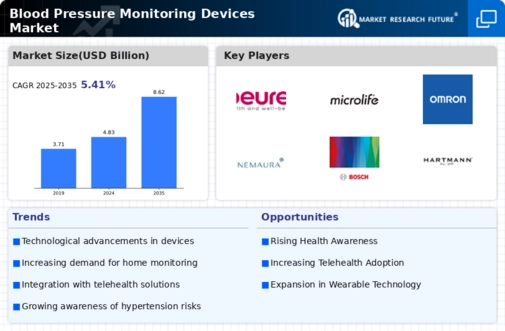
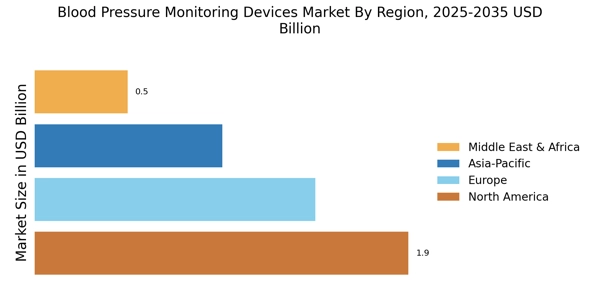
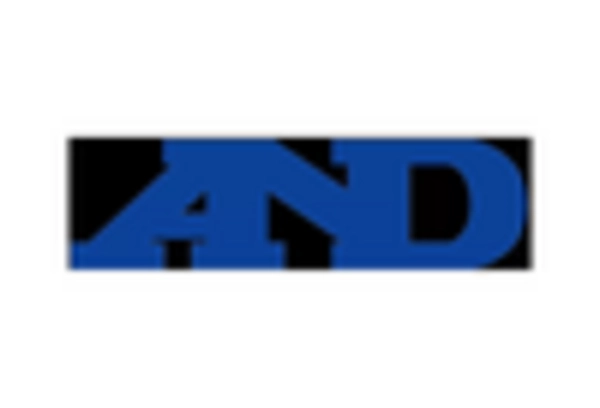
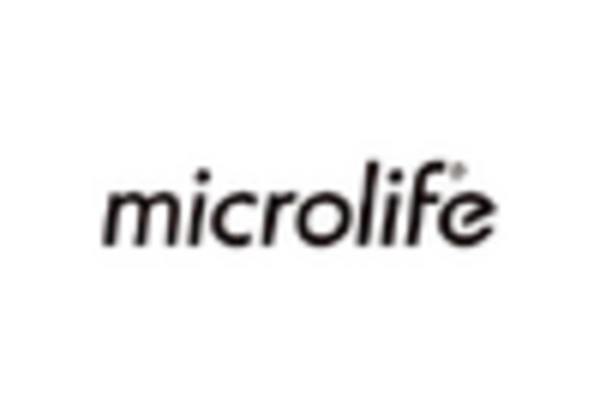
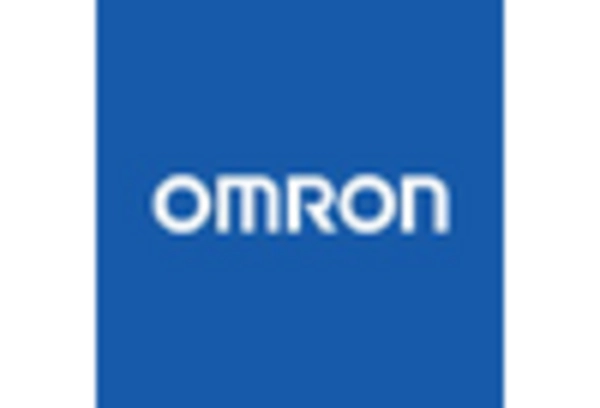

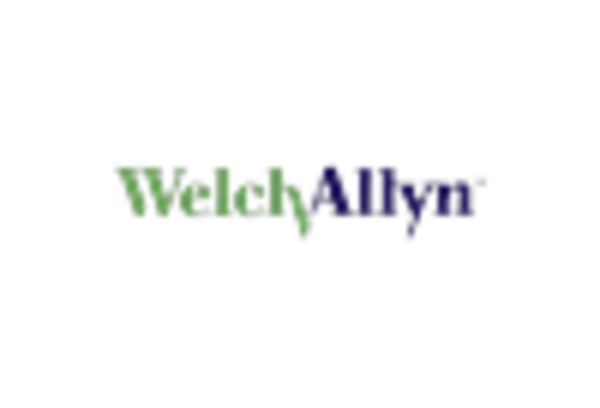
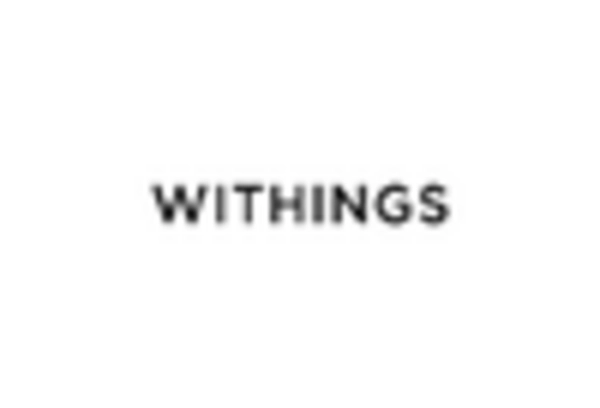








Leave a Comment